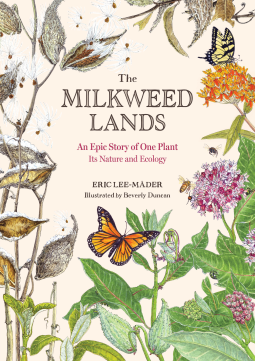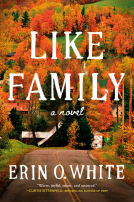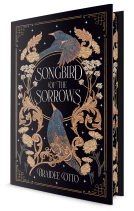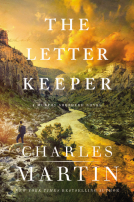
The Milkweed Lands
An Epic Story of One Plant: Its Nature and Ecology
by Eric Lee-Mäder
This title was previously available on NetGalley and is now archived.
Send NetGalley books directly to your Kindle or Kindle app
1
To read on a Kindle or Kindle app, please add kindle@netgalley.com as an approved email address to receive files in your Amazon account. Click here for step-by-step instructions.
2
Also find your Kindle email address within your Amazon account, and enter it here.
Pub Date Sep 26 2023 | Archive Date Sep 26 2023
Storey Publishing | Storey Publishing, LLC
Talking about this book? Use #TheMilkweedLands #NetGalley. More hashtag tips!
Description
National Outdoor Book Award Winner
Delve into this fascinating appreciation of milkweed, an often-overlooked plant, and discover an amazing range of insects and organisms that depend on it as the seasons unfold, with this collaboration between a noted ecologist and an award-winning botanical illustrator.
Available Editions
| EDITION | Other Format |
| ISBN | 9781635864366 |
| PRICE | $22.00 (USD) |
| PAGES | 120 |
Links
Available on NetGalley
Average rating from 45 members
Readers who liked this book also liked:
Silvia Moreno-Garcia
Historical Fiction, Literary Fiction, Sci Fi & Fantasy
Jane Marie Chen
Biographies & Memoirs, Health, Mind & Body, Religion & Spirituality
Catherine Ryan Hyde
General Fiction (Adult), Women's Fiction
We Are Bookish
Historical Fiction, Literary Fiction, Multicultural Interest


















